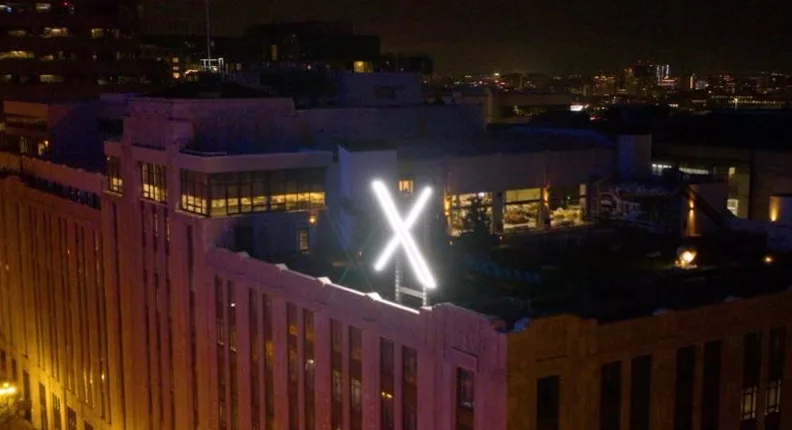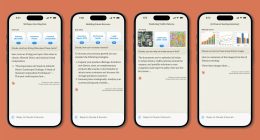X, formerly known as Twitter and now owned by Elon Musk, is now venturing into the world of audio and video calls, bringing new communication capabilities to its users.
While Twitter’s transformation into X has been in the works for a while and has been a work in itself, the introduction of audio and video calls marks a significant step in its evolution towards becoming a super app. Elon Musk, the driving force behind X, has long hinted at such a development as part of his broader vision to turn the platform into a super-app. Musk described a post on the platform instructing users on enabling the feature as an “Early version of video & audio calling on X”.
Early version of video & audio calling on 𝕏 https://t.co/aFI3VujLMh
— Elon Musk (@elonmusk) October 25, 2023
One distinctive feature of X’s approach to these new communication tools is the level of user control provided. Users will have the ability to decide not only if they want to enable audio and video calls but also who can contact them using these features.
The options for call permissions include:
1. People in your address book
2. People you follow
3. Verified users
This granular control ensures that users can manage their communication experience on the platform effectively. For those who have access to the feature, making audio and video calls on X is straightforward:
1. Open your direct messages.
2. Choose an existing chat or start a new one.
3. Click on the phone symbol.
4. Select between ‘Audio call’ or ‘Video call’ by tapping the corresponding icons.
Once initiated, the recipient of the call receives a notification, even if they don’t answer, ensuring that they’re informed about missed calls.
The addition of audio and video calls positions X to be more than just a text-based platform. It paves the way for users to engage in richer, real-time conversations. Importantly, this feature, although currently limited to iPhones, is set to be available on Android devices, Mac computers, and regular PCs, with no need for a phone number.
Despite the fact that this new feature has created a buzz, there is still uncertainty regarding how it will be monetised. Moreover, the introduction of audio and video calls follows X’s recent ‘Not a Bot’ test program in New Zealand and the Philippines, where unverified users were asked to pay $1 a year for interaction privileges on the platform. Whether a broader paywall approach will be implemented remains a subject of speculation.





